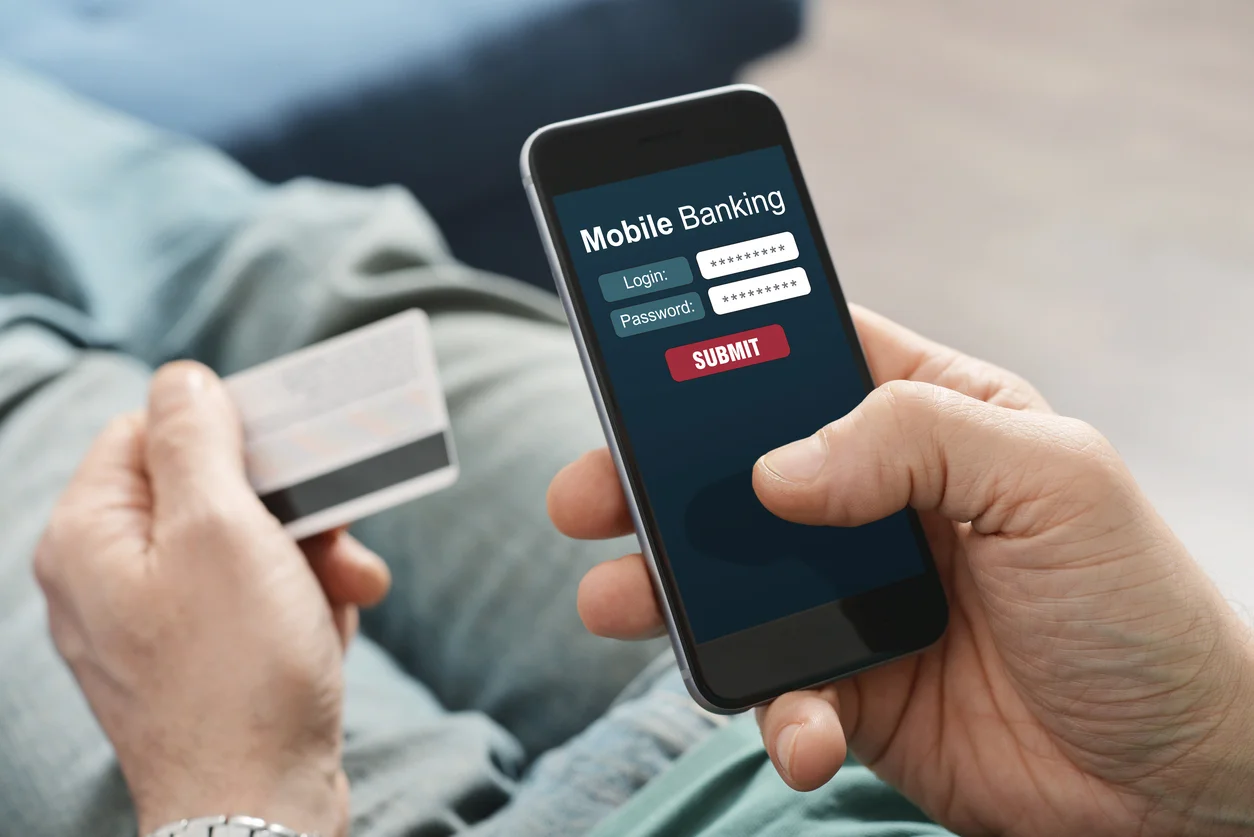In today’s fast-paced world, technology has reshaped every aspect of our lives, and the banking sector is no exception. Gone are the days of waiting in long queues or meticulously balancing checkbooks. Digital banking has transformed the way we manage our finances, offering convenience, accessibility, and efficiency like never before. But beyond the buzzwords, what does digital banking really mean for the average consumer? Let’s delve into the key benefits of digital banking and understand how it’s revolutionizing the banking experience.
1. Unmatched Convenience
One of the most significant advantages of digital banking is the convenience it offers. With online and mobile banking platforms, you can manage your finances anytime, anywhere. Need to transfer funds, pay bills, or check your account balance? A few taps on your smartphone are all it takes. This 24/7 accessibility eliminates the need to adhere to traditional banking hours, making it especially useful for individuals with busy schedules or those living in remote areas without easy access to physical branches.
Imagine being on vacation and realizing you need to transfer money to a friend. Instead of rushing to find a local bank branch, you can simply open your banking app and complete the transaction in seconds. This level of convenience has made digital banking a cornerstone of modern financial management.
2. Enhanced Security Features
While the idea of managing money online might raise security concerns for some, digital banking has robust measures in place to protect your finances. Advanced encryption, two-factor authentication (2FA), biometric logins, and real-time fraud monitoring systems ensure your data and transactions are secure.
For example, many banks now offer instant alerts for any unusual activity on your account. If a suspicious transaction occurs, you’ll be notified immediately, allowing you to take swift action. These features not only provide peace of mind but also make digital banking a safer alternative to carrying large amounts of cash or using traditional paper checks.
3. Cost-Effective Banking
Digital banking often comes with reduced fees compared to traditional banking. Without the overhead costs associated with maintaining physical branches, banks can pass on these savings to their customers. This can result in lower service charges, free online transfers, and even higher interest rates on savings accounts.
Moreover, many digital-only banks offer no-cost account maintenance and eliminate fees for basic transactions, making banking more affordable for everyone. For small businesses and individuals alike, these cost savings can add up significantly over time.
4. Personalized Financial Insights
Digital banking platforms are more than just tools for transactions—they are also powerful financial advisors. Many apps and websites provide personalized insights into your spending habits, savings goals, and investment opportunities. These tools use artificial intelligence and machine learning to analyze your financial behavior and offer tailored recommendations.
For instance, your banking app might notify you if you’re spending more than usual on dining out or suggest setting aside a specific amount for an upcoming vacation. By giving you a clearer picture of your financial health, digital banking empowers you to make informed decisions and achieve your financial goals faster.
5. Streamlined Transactions
Gone are the days of writing checks and waiting for them to clear. Digital banking enables instant transactions, whether you’re paying a friend, shopping online, or transferring funds between accounts. With the advent of technologies like UPI (Unified Payments Interface) and digital wallets, transactions have become seamless and nearly instantaneous.
For businesses, this efficiency translates into faster payments and improved cash flow. For individuals, it means fewer headaches and more time to focus on what matters most. In addition, digital banking often includes automated bill payment options, ensuring you never miss a due date.
6. Eco-Friendly Banking
By reducing the reliance on paper-based processes, digital banking is also a more sustainable option. Electronic statements, digital receipts, and online transactions significantly cut down on paper usage, contributing to environmental conservation. As more banks adopt green practices, choosing digital banking becomes a simple way for consumers to reduce their carbon footprint.
7. Global Access and Inclusivity
Digital banking has opened doors for individuals who were previously excluded from the financial system. People in rural areas, where traditional bank branches are scarce, can now access banking services through their smartphones. This inclusivity fosters economic growth and financial independence for underserved communities.
Moreover, digital banking makes international transactions more accessible and affordable. Whether you’re a student studying abroad, an entrepreneur dealing with overseas clients, or simply sending money to family in another country, digital banking simplifies the process and often provides better exchange rates than traditional methods.
8. Seamless Integration with Other Financial Tools
Digital banking seamlessly integrates with a variety of financial tools and apps, from budgeting software to investment platforms. This interoperability allows you to manage all aspects of your finances in one place, providing a comprehensive view of your financial situation.
For example, you can link your bank account to a budgeting app to track expenses or connect it to an investment platform to automate contributions to your portfolio. This interconnectedness makes managing money simpler and more efficient than ever before.
9. Faster Loan Approvals and Credit Processing
Applying for loans or credit cards traditionally involved extensive paperwork and long waiting periods. Digital banking has streamlined this process, enabling faster approvals through online applications. Many banks now use automated systems to evaluate loan applications, reducing the time it takes to process requests and disburse funds.
This speed and efficiency can be a game-changer in emergencies or for entrepreneurs seeking quick access to capital. Additionally, digital platforms often provide transparency in terms of interest rates, repayment schedules, and eligibility criteria, helping consumers make informed choices.
10. Enhanced Customer Support
Finally, digital banking has redefined customer service with the introduction of AI-powered chatbots, live chat options, and 24/7 helplines. Whether you have a question about a transaction or need assistance with a technical issue, help is just a click away. These services ensure that customers receive prompt and efficient support without the need to visit a branch.
The Road Ahead
As technology continues to evolve, so too will the capabilities of digital banking. Innovations like blockchain, open banking, and augmented reality promise to further enhance the banking experience, making it more secure, personalized, and user-friendly.
In conclusion, digital banking is not just a trend—it’s a transformative shift that is redefining how we interact with our finances. From unparalleled convenience and cost savings to enhanced security and inclusivity, the benefits of digital banking are clear. Whether you’re a tech-savvy millennial or someone exploring online banking for the first time, embracing digital banking can lead to a more efficient, empowered, and sustainable financial future.






Leave A Comment